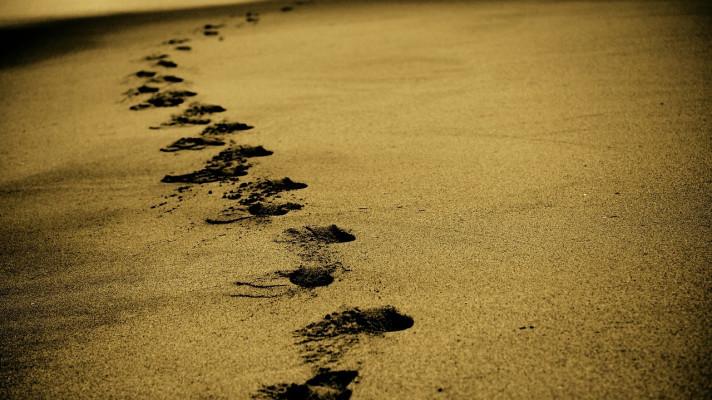Vernadského státní geologické muzeum v Moskvě (Vernadski State Geological Museum in Moscow)
Bldg. 11, 11 Mokhovaya St., Moscow (tel.: +7 495 692-09-43 ), Metro Stations: "Okhotniy Ryad", "Alexandrovski Sad".
Vernadsky State Geological Museum is the oldest Russian scientific, educational and cultural centre dedicated to Earth sciences. The Museum is situated in the centre of Moscow, in a historical building designed by architect Roman Klein and constructed in 1918.
The Museum originated from the Mineralogical Office of the Imperial Moscow University, the first university in Russia founded in 1755 by efforts of the prominent scientist Mikhail Lomonosov. In 1759, the Mineralogical Office, donated by the industrialists Demidovs, laid the foundation of the first natural-scientific museum in Moscow - the Museum of Natural History of Moscow University.
Today, the Museum collection numbers over 300,000 minerals, rocks and fossils. The Museum reserves were created by scientists, collectors and patrons during the 18th - 20th centuries. The historical collections are unique and include collections by the Demidov family, Count Nikolai Rumyantsev, Count Sergey Stroganov, and the Gagarin princely family.
In the 19th and the early 20th centuries, prominent scientists worked in the Museum who created geological science in Russia: Johann Gotthelf Fischer von Waldheim, Vladimir Kovalevsky, Aleksey Pavlov, Maria Pavlova, Vladimir Vernadsky, Alexander Fersman and many others.
During this period the Museum was a centre of advanced scientific ideas, a main educational and research base for generations of Russian and foreign geologists and mining specialists; also it took the lead in extensive natural science education.
Today, the Museum is owned by Russian Academy of Sciences and carries on the scientific and educational traditions. Geology, subsoil use, ecology and geology history are studied; exhibitions are continually held. The Museum takes part in various federal and international programs, closely cooperates with scientific, educational and social institutions.
The Museum follows the Vernadsky's teaching fundamentals of biosphere and noosphere, the interrelation between living and nonliving planet materials, the unity of nature and society, and humans' responsibility for the world around us.
The main expositions:
The World of Minerals. The most unique samples of minerals are exhibited in the Museum including one of the world best collections of Ural malachite by Count Nikolai Rumyantsev, the biggest crystal of phlogopite mica from Slyudyanka (the Baikal region), a slab of native copper from Kazakhstan that weighs approximately 500 kilograms (1,100 pounds), a huge amethyst geode from Brasilia, and a gigantic sample of rock salt.
Planet Earth. The exposition shows the inner structure of our planet and tells about the origin of rocks, movement of lithosphere plates, and the causes of volcanic ejections and earthquakes. The extensive paleontological collections provide insight into development of our flora and fauna.
Historical Collections of the Late 18th and the Early 20th Centuries. The exposition is a golden reserve of the Museum and shows collections of minerals, rocks, fossil remains donated by Russian sponsors and collected by professors of Moscow University.
Cabinet of Geological Curiosities. The exposition represents unusual geological items created by nature-architect, artist and sculptor, beauty and harmony of wonderful natural combinations of colours and forms.
Useful Fossils of Russia. The exposition shows mineral wealth of Russia, its amazing diversity of mineral raw materials - ferrous, nonferrous, and rare and noble metals, oil, gas, coal, mining chemical feedstock, building and ceramic raw materials, diamonds, and semiprecious stones.
Geological Sketch of Moscow Surroundings. The exposition tells about the history of geological development and opening up of natural resources of Moscow area.
Photos and more info at: http://www.worldwalk.info/en/catalog/27/
ZDROJ: http://www.worldwalk.info
